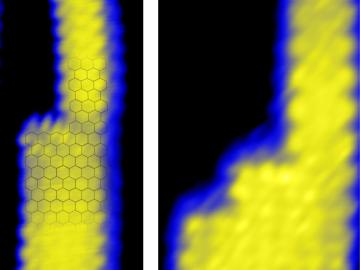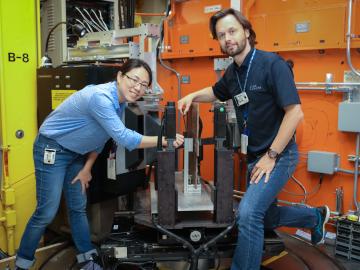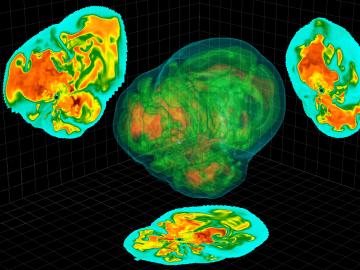Filter News
Area of Research
News Type
Date
News Topics
Media Contacts



Two researchers from the Department of Energy’s Oak Ridge National Laboratory have been elected fellows of the American Nuclear Society (ANS), a professional society that promotes the advancement and awareness of nuclear science and technology. Guillermo Daniel (...



Inspired by her computer science studies and the possibilities of 3D-printing, intern Elizabeth Yeoh-Wang found a way to combine those pursuits as she worked on a software project at the Manufacturing Demonstration Facility (MDF) at Oak Ridge National Laboratory (ORNL) last summer. Elizabeth, a r...

Interdisciplinary work has been a hallmark of Julie Mitchell’s career, and it is a strength she expects to leverage in helping solve some big science challenges as she steps into the role of Deputy Director of the Biosciences Division at Oak Ridge National Laboratory (ORNL). Mitchell will support...

The same fusion reactions that power the sun also occur inside a tokamak, a device that uses magnetic fields to confine and control plasmas of 100-plus million degrees. Under extreme temperatures and pressure, hydrogen atoms can fuse together, creating new helium atoms and simulta...

The Big Bang began the formation and organization of the matter that makes up ourselves and our world. Nearly 14 billion years later, nuclear physicists at the Department of Energy’s Oak Ridge National Laboratory (ORNL) and their partners are using America’s most powerful supercomp...




